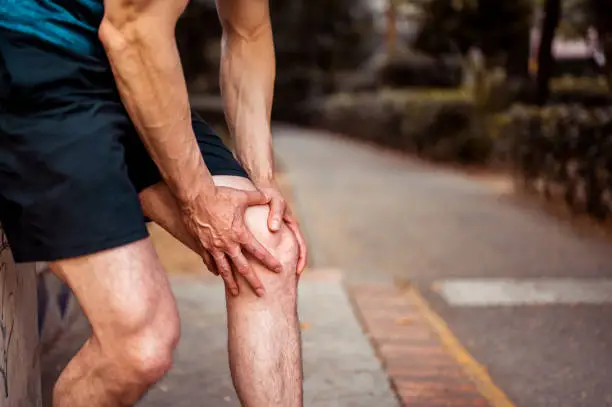People of all ages frequently complain about inside knee discomfort, also referred to as medial knee pain or anterior knee pain. It can be brought on by a multitude of circumstances and range in intensity from minor discomfort to severe agony.
Causes of Knee Pain
Knee pain can have a variety of causes. The medial collateral ligament (MCL), which connects the thighbone to the shinbone on the inside of the knee, is one common place for a tear or damage. A meniscus tear or damage, a portion of cartilage that serves as a cushion between the thighbone and the shinbone, is another potential contributing factor. Other probable reasons include arthritis, bursitis, and tendonitis, as well as overuse injuries like those that develop in athletes who execute repetitive jumping or twisting motions.
Symptoms of Medical Knee Pain
Depending on the underlying reason, inside knee pain symptoms can vary, but frequent ones include inner knee discomfort, swelling, stiffness, and trouble walking or bearing weight on the affected leg. A popping or clicking feeling in the knee, as well as a sense of the knee giving way or buckling, may also be experienced by some persons.
Treatment Options
The true cause of the knee discomfort will determine the appropriate course of treatment. Rest, ice, compression, and elevation (RICE) can frequently assist to reduce pain and swelling for mild injuries or overuse problems. To help the damaged knee’s range of motion and strength, physical treatment may also be advised. Surgery can be required in more severe circumstances to fix a torn ligament or remove damaged cartilage.
Preventing Inside Knee Pain
Wearing the appropriate footwear, warming up before exercise, stretching frequently, and avoiding repetitive jumping or twisting movements are just a few things you can do to help prevent knee pain. Additionally, it’s critical to keep a healthy weight because carrying extra pounds might strain the knee joint.
Although medical knee pain can be an annoying and painful disease, it is frequently easy to manage the symptoms and avoid additional injury with the appropriate management and preventative techniques. Ask your doctor or physical therapist for advice on the best treatment choices for your particular needs if you are having knee discomfort.



Comments are closed.